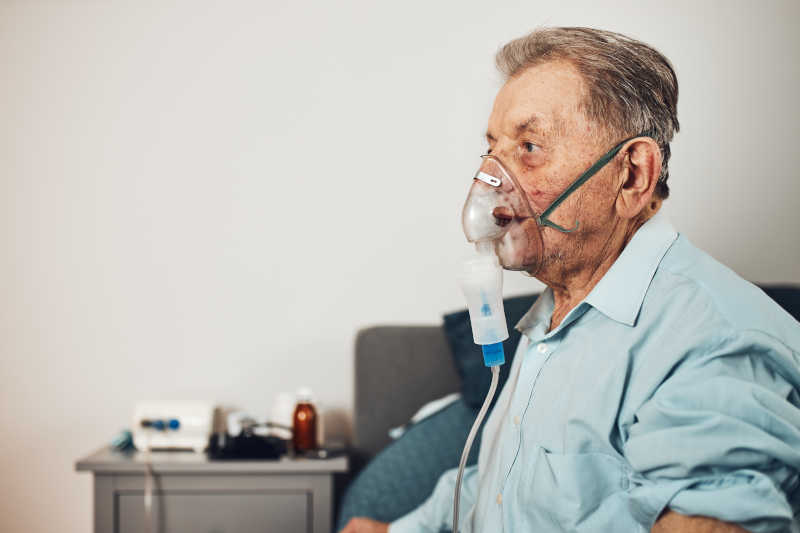6 Helpful Tips to Take Care of Seniors with Dyspnea
People with serious or advanced illnesses frequently have dyspnea, also known as shortness of breath or breathlessness. Breathing becomes uncomfortable and difficult. Furthermore, it may lead to great anguish. As they see a loved one struggle to breathe, families may also be affected. Dyspnea can be upsetting for sufferers as well as their family. Therefore, it’s crucial to comprehend the extent of this symptom and the available treatments.
What are Typical Reasons for Dyspnea?
Dyspnea can have a variety of reasons. Lung conditions like chronic obstructive pulmonary disease (COPD) might cause it. It may be a sign of other conditions such as neuromuscular disease, cancer, or heart disease. Additionally, it might happen as a terminal illness gets worse. Dyspnea frequently results in anxiety. This then exacerbates respiratory issues.
What is the Remedy for Dyspnea?
The major objective of treatment is to make the patient feel more comfortable when breathing. Medicines and other therapy are frequently applied to achieve this.
Medication
Medicines may consist of:
- Oxygen treatment. This procedure enhances breathing. If test results indicate low blood oxygen levels, it could be recommended. If it increases the person’s comfort, it might also be prescribed.
- Opioids. Most frequently, these drugs are used to reduce pain. They can, however, also aid in reducing breathlessness.
- Other drugs. These may include drugs to treat anxiety or other issues that can arise with dyspnea.
Other Treatments
Other forms of treatment include:
- Breath control drills. To improve their breathing, people are frequently taught diaphragmatic breathing and pursed-lip breathing. Additionally, these techniques can lessen anxiety and dyspnea.
- Conserving energy. The greatest techniques to move and utilize one’s body are taught to people. They can conserve strength thanks to this. Furthermore, it facilitates breathing while performing daily duties.
- Body placement. Sitting upright may promote comfort and facilitate better breathing for some people. Raising the bed’s head while you sleep may also be beneficial.
- Relaxation. This can aid in lowering tension and worry, which can exacerbate dyspnea. The two most popular techniques are visualization and meditation. Simple activities can also aid in relaxation and serve as a diversion from breathing difficulties. You can do these by engaging in activities like reading a book, watching a movie, or listening to music.
- Breathing apparatus. These can be beneficial in helping someone open their airways and lessen breathing issues. A respiratory therapist can advise on whether a breathing apparatus would be beneficial.
How can Family Members Assist?
Frequently, a person’s loved ones are unsure of how to assist in the relief of breathing issues. Start by seeking advice on how to assist from the healthcare professional.
These options could also be useful:
- Ensure the security and comfort of your loved one. Insist on keeping the person’s room at a cool temperature. Reduce the temperature or position a fan so that it can gently blow on the person’s cheek. If the weather is favorable, keep a window open to allow fresh air to enter.
- Aid your loved one in energy conservation. Make medications and walking aids easily accessible.
- Keep sources of flame away from where the oxygen unit is kept if the user consumes oxygen. Verify that the oxygen supply is shut off when not in use. A fire extinguisher should also be kept inside the home.
- Breathing difficulties shouldn’t make your loved one feel alone. Spend time with them engaging in daily pursuits. With your loved one, enjoy dinners, movies, and outdoor activities.
- Offer calming assistance. When you are with a loved one, try to maintain your composure. People frequently perceive when their loved ones are anxious about them. This may heighten their anxiousness and exacerbate their dyspnea.




